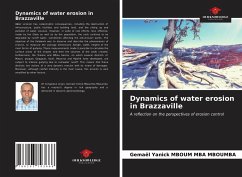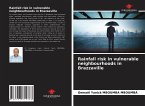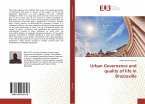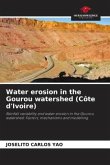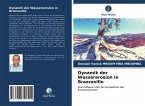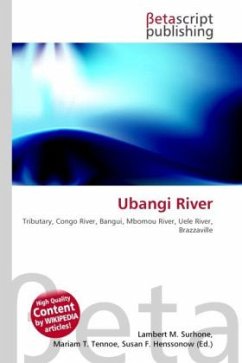Water erosion has catastrophic consequences, including the destruction of infrastructure, public facilities and building land, and the silting up and pollution of water courses. However, in spite of real efforts, less effective, made by the State as well as by the population, the soils continue to be degraded by runoff water, sometimes affecting the anti-erosion works. The objective of the fieldwork was to observe and describe the phenomenon of erosion, to measure the average dimensions (length, width, height) of the main forms of gullying. These measurements made it possible to calculate the surface areas of the shapes and then the volumes of the voids created. Furthermore, the Tsieme and Mfilou basins, on which several districts of Matari, Jacques Opagault, Itsali, Massina and Mpiéré have developed, are subject to intense gullying due to rainwater runoff. This means that these districts are victims of a very dynamic erosion with its share of damages. Moreover, although rainfallintensity is the main cause, this erosion is also amplified by other factors.
Water erosion has catastrophic consequences, including the destruction of infrastructure, public facilities and building land, and the silting up and pollution of water courses. However, in spite of real efforts, less effective, made by the State as well as by the population, the soils continue to be degraded by runoff water, sometimes affecting the anti-erosion works. The objective of the fieldwork was to observe and describe the phenomenon of erosion, to measure the average dimensions (length, width, height) of the main forms of gullying. These measurements made it possible to calculate the surface areas of the shapes and then the volumes of the voids created. Furthermore, the Tsieme and Mfilou basins, on which several districts of Matari, Jacques Opagault, Itsali, Massina and Mpiéré have developed, are subject to intense gullying due to rainwater runoff. This means thatthese districts are victims of a very dynamic erosion with its share of damages. Moreover, although rainfall intensity is the main cause, this erosion is also amplified by other factors.
Water erosion has catastrophic consequences, including the destruction of infrastructure, public facilities and building land, and the silting up and pollution of water courses. However, in spite of real efforts, less effective, made by the State as well as by the population, the soils continue to be degraded by runoff water, sometimes affecting the anti-erosion works. The objective of the fieldwork was to observe and describe the phenomenon of erosion, to measure the average dimensions (length, width, height) of the main forms of gullying. These measurements made it possible to calculate the surface areas of the shapes and then the volumes of the voids created. Furthermore, the Tsieme and Mfilou basins, on which several districts of Matari, Jacques Opagault, Itsali, Massina and Mpiéré have developed, are subject to intense gullying due to rainwater runoff. This means thatthese districts are victims of a very dynamic erosion with its share of damages. Moreover, although rainfall intensity is the main cause, this erosion is also amplified by other factors.

